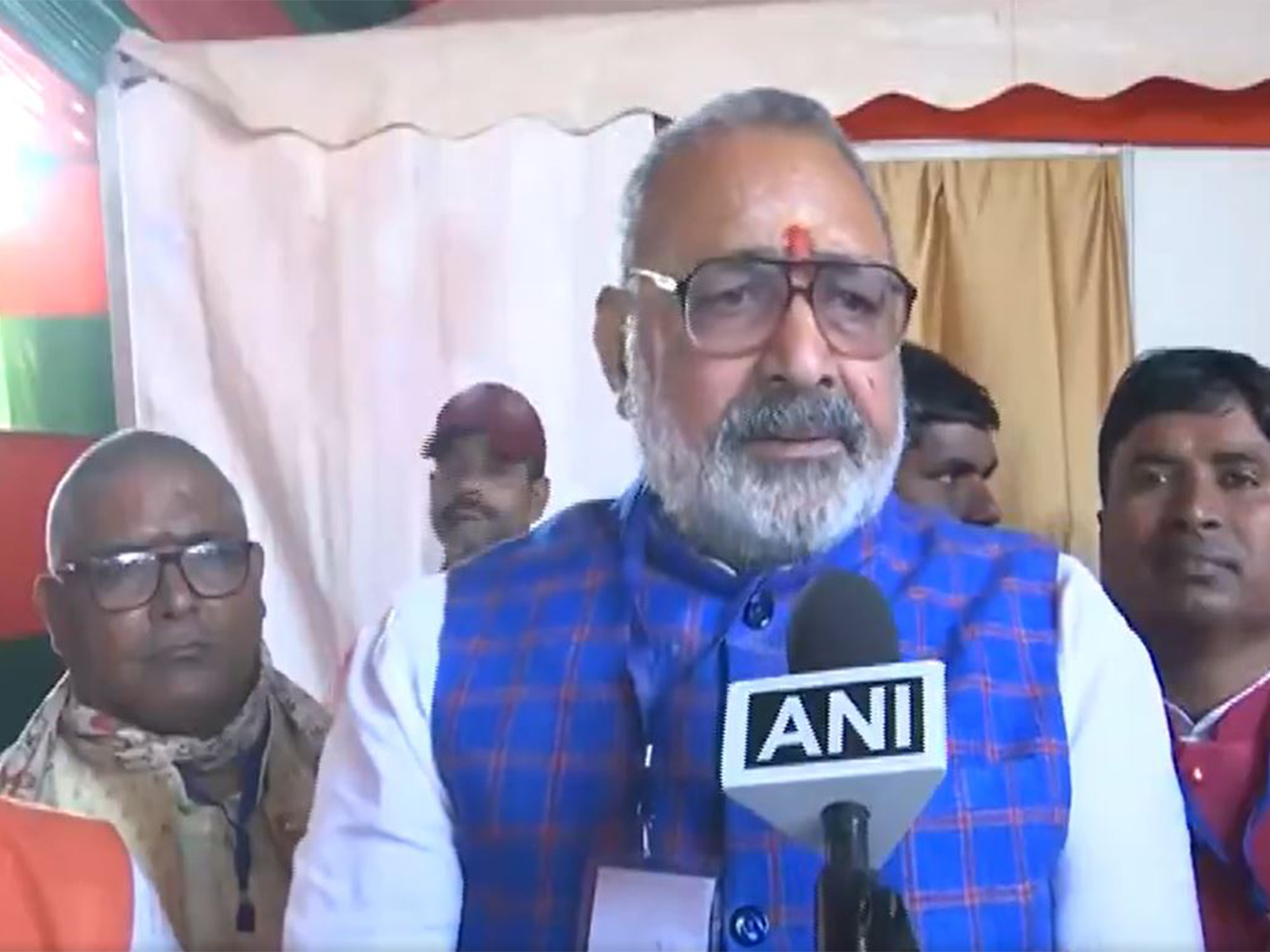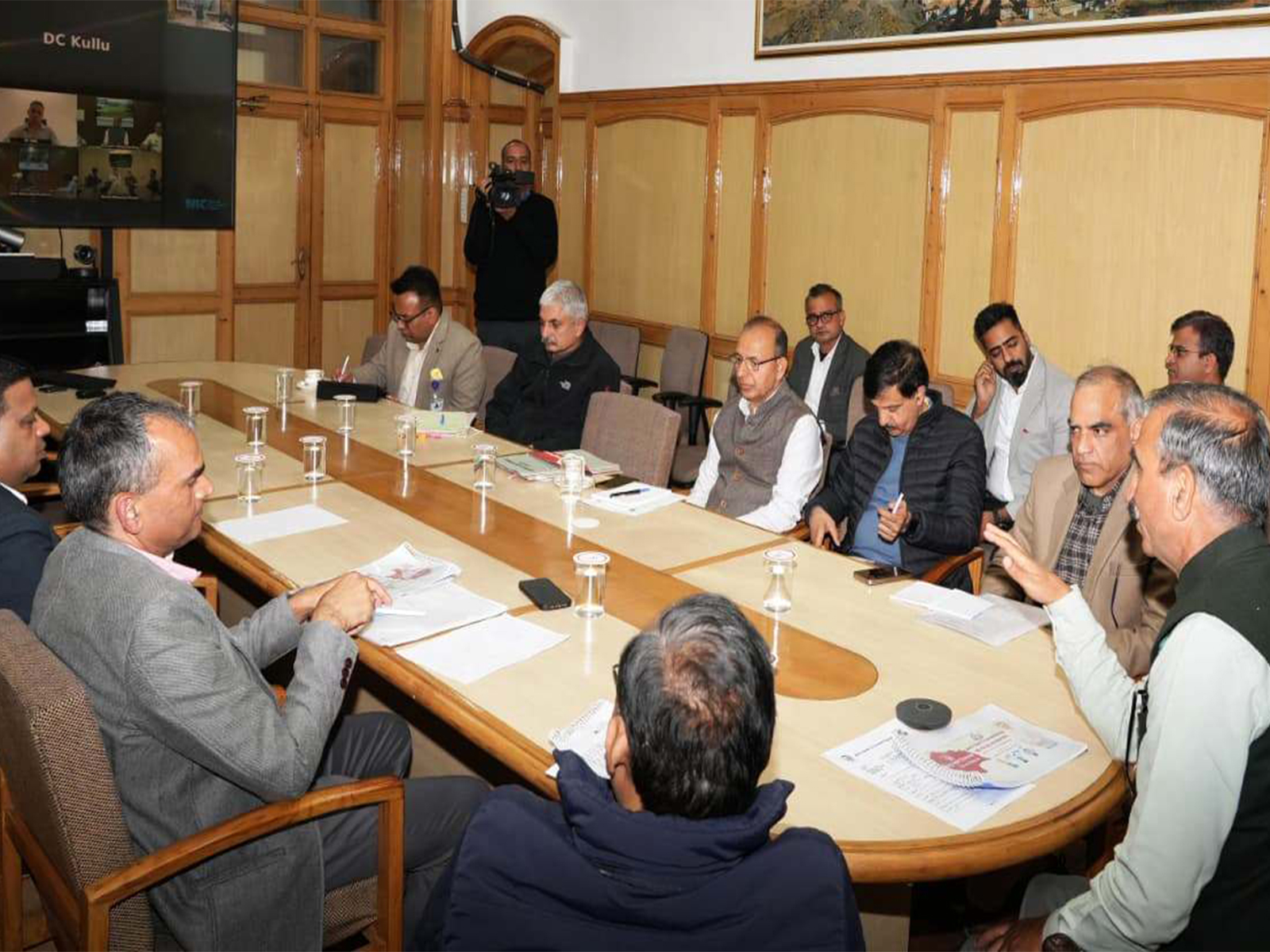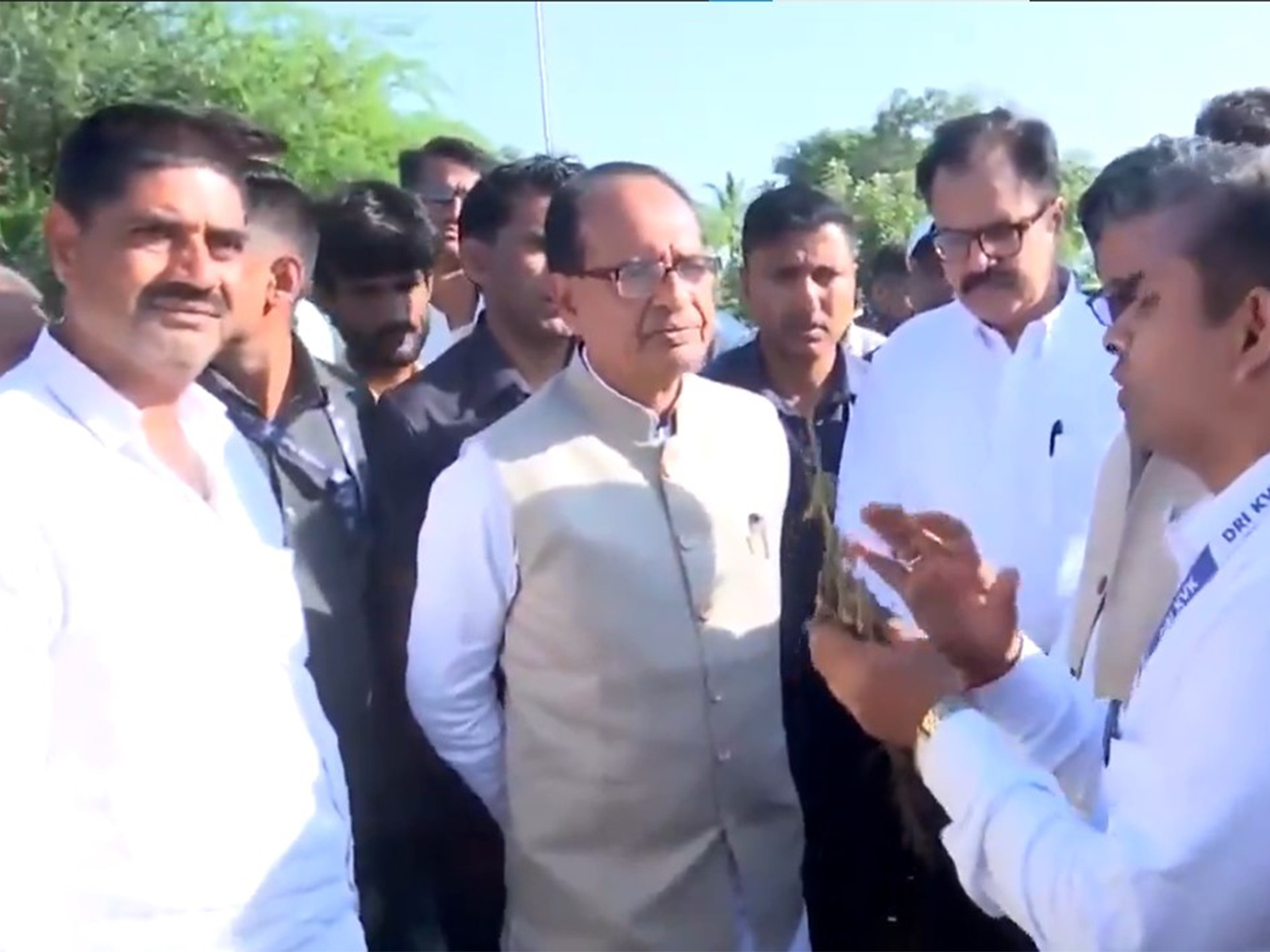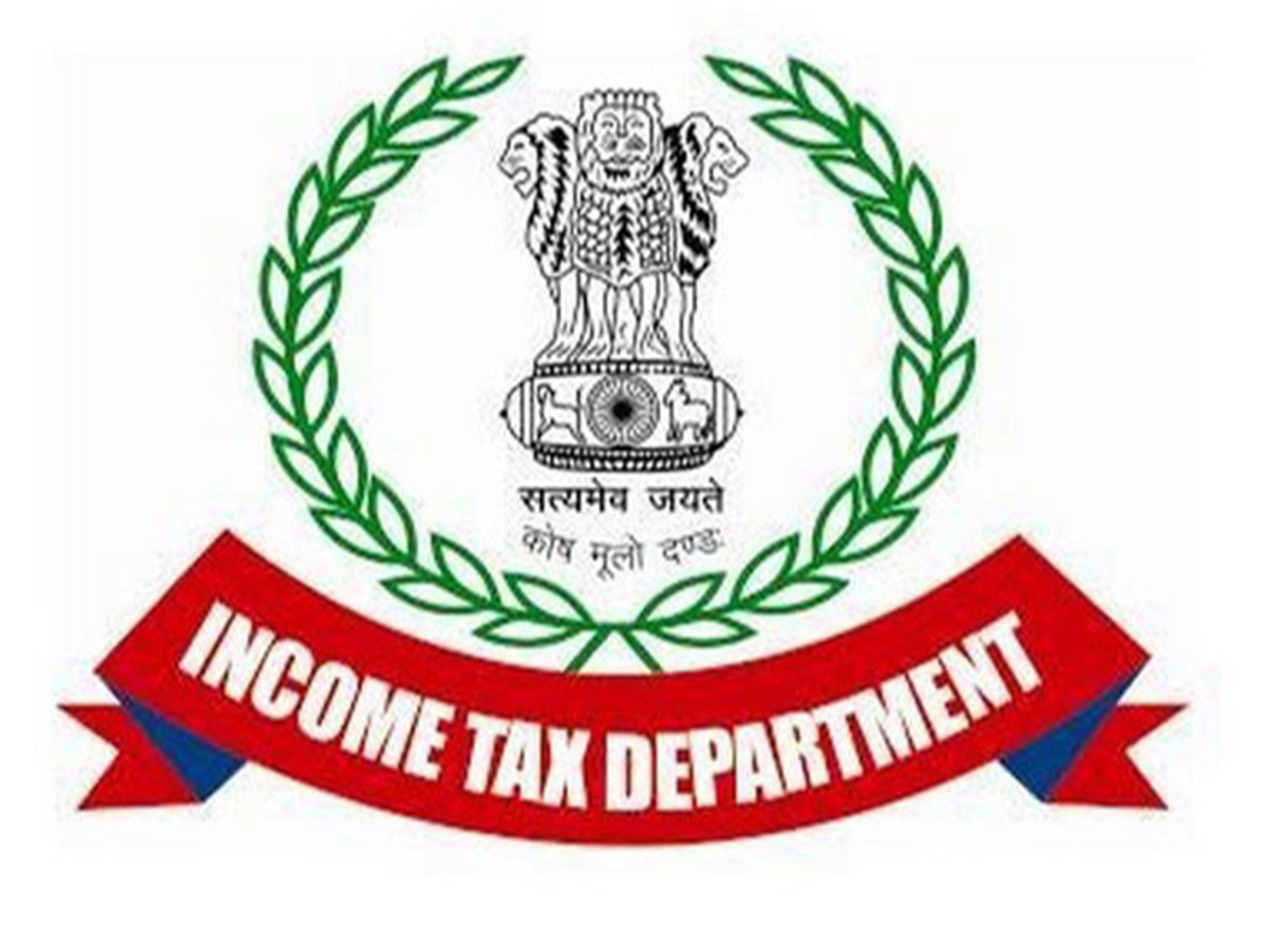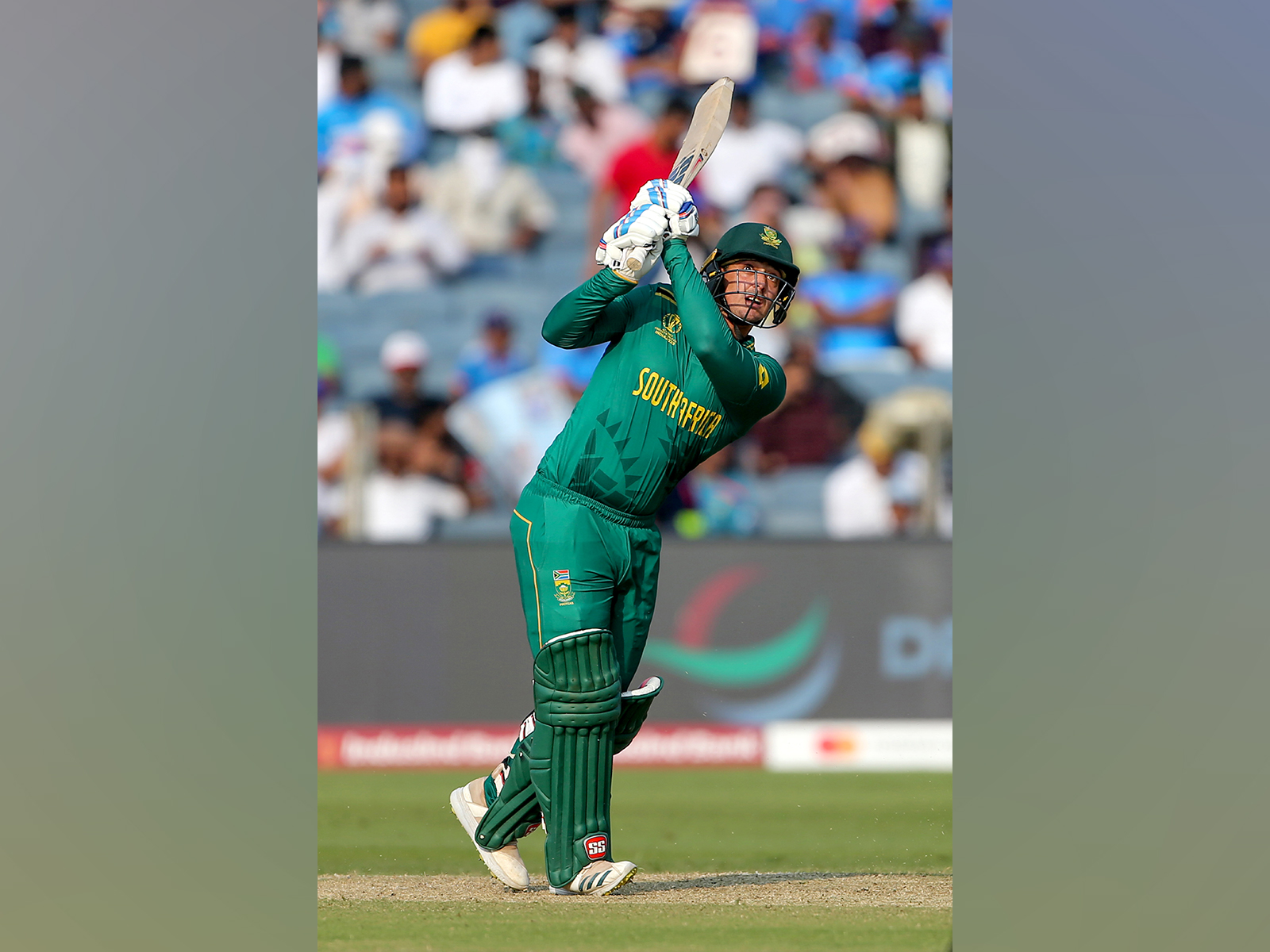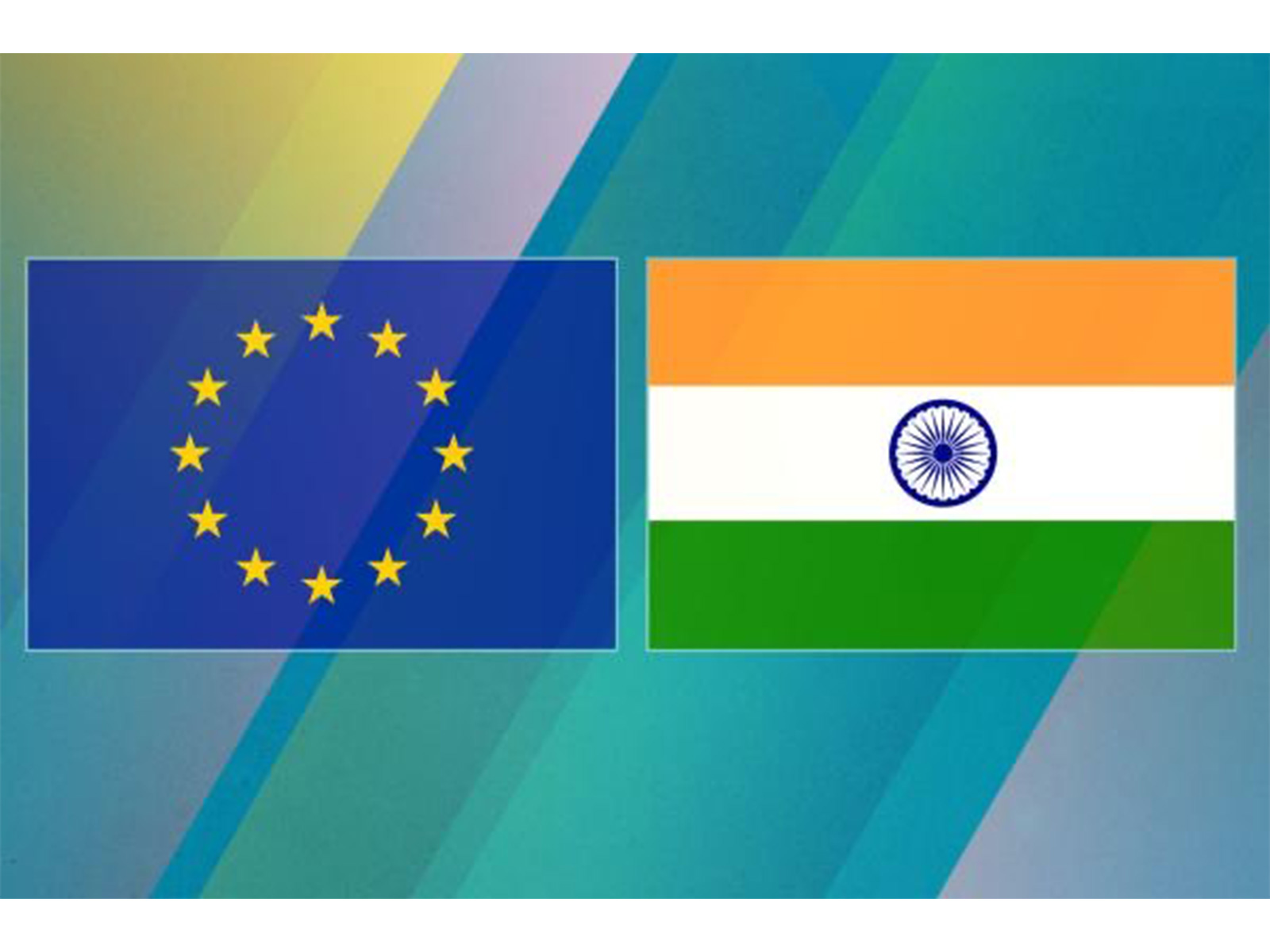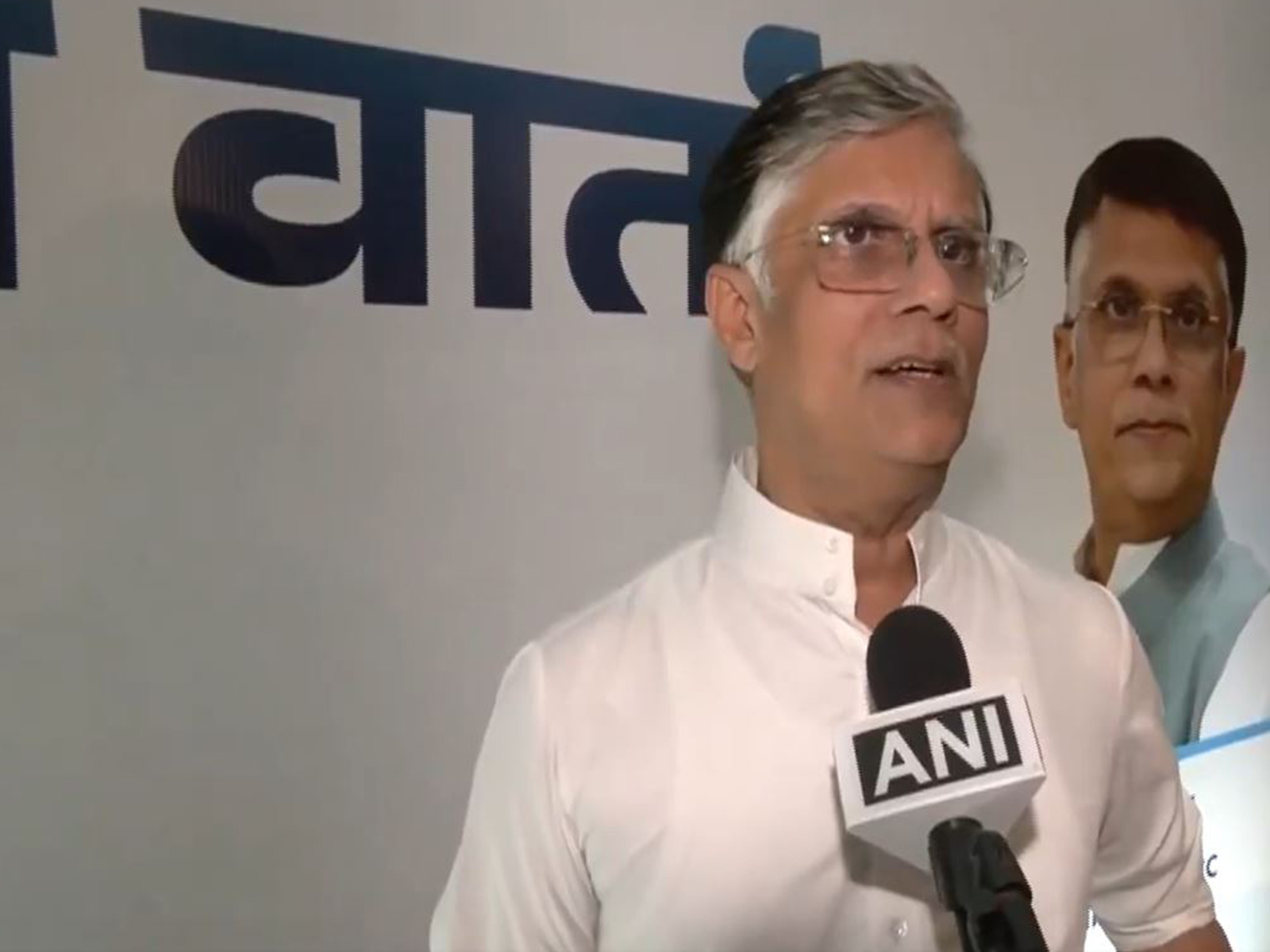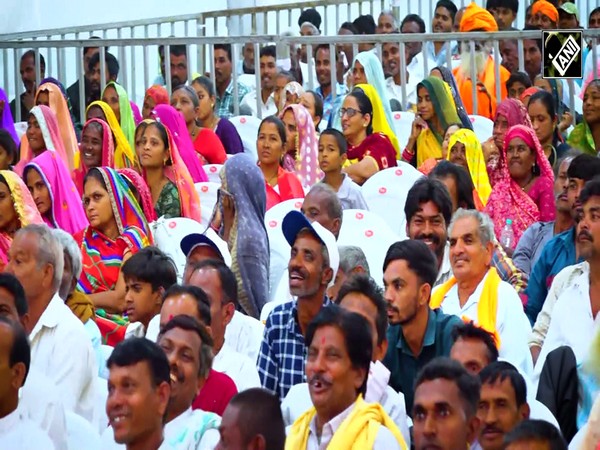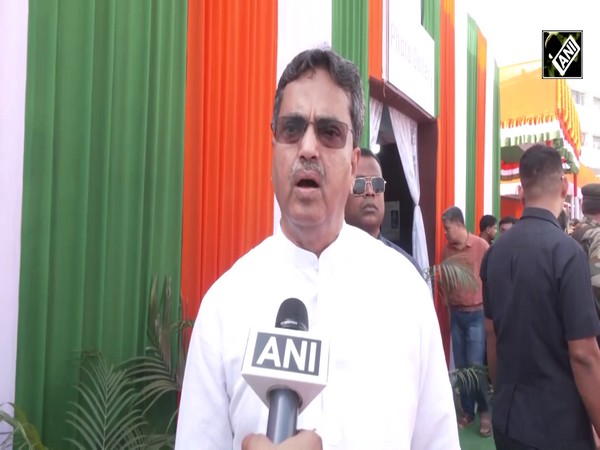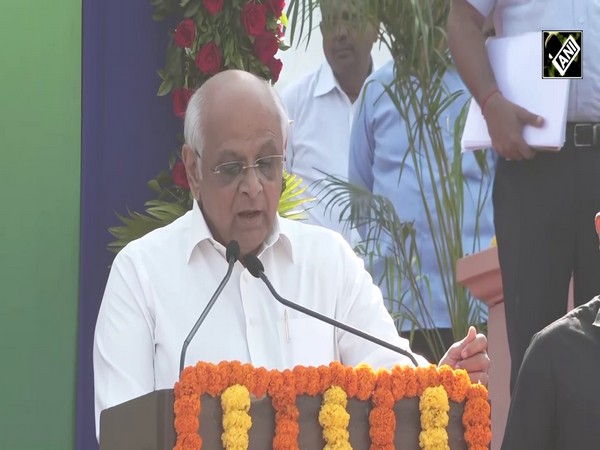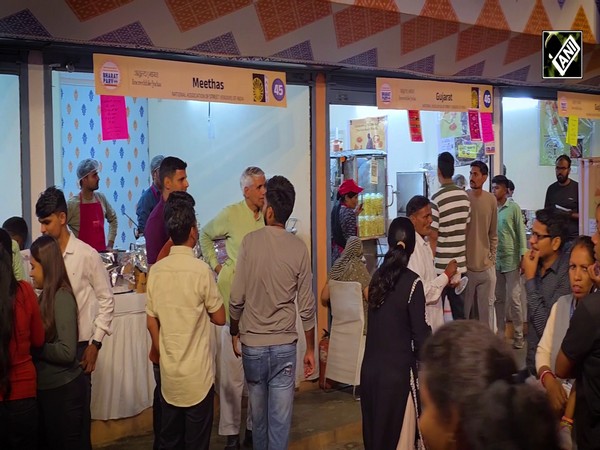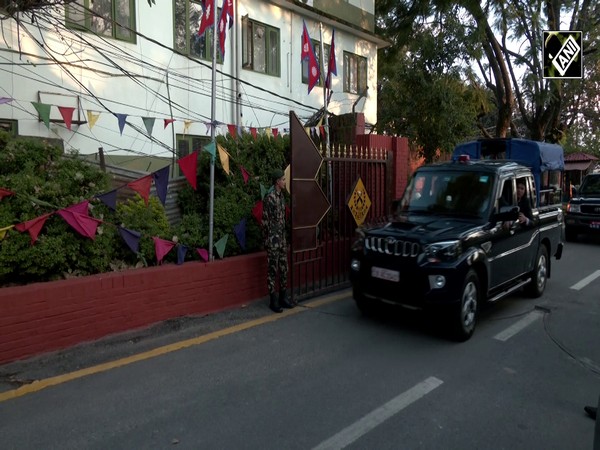IMFA pivots towards renewable energy, signs agreements for 110 MW hybrid solar and wind power to reduce carbon footprint
Nov 07, 2025
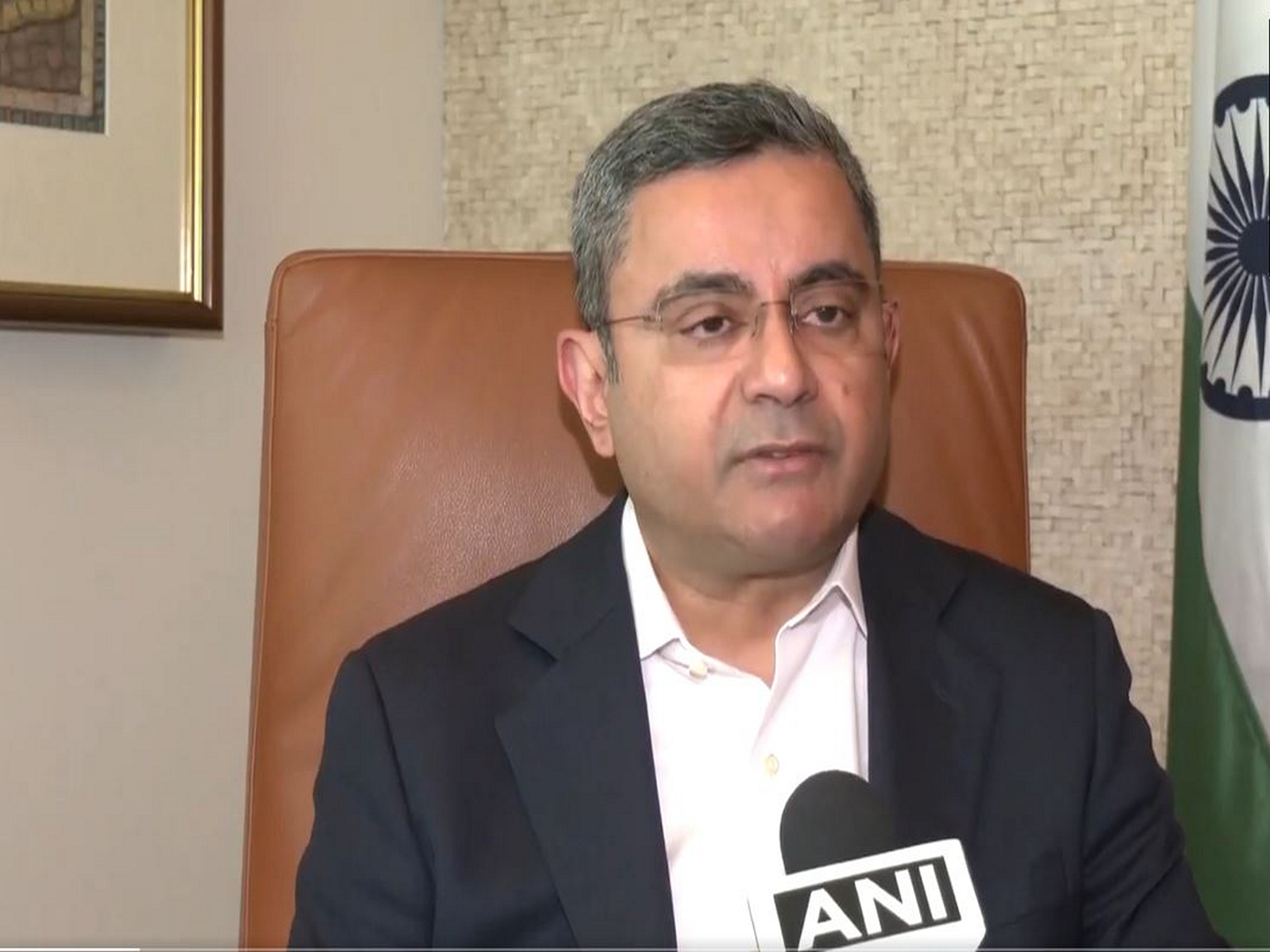
New Delhi [India], November 7 : In a bid to cut carbon emissions and ensure sustainable growth, Indian Metals & Ferro Alloys Limited (IMFA) has signed agreements with two leading renewable energy suppliers for 110 MW of hybrid solar and wind power, Managing Director Subhrakant Panda told ANI on Friday.
Speaking to ANI, Panda said the company is working towards reducing its carbon footprint with a clear focus on sustainable growth.
"One of the key reasons for our growth has been our fully integrated business model, where we rely on captive ore and our own power generation. We were among the first in the country to set up a captive power plant, and today we have a little over 200 megawatts of captive power generation, most of which is coal-based. However, going forward, as part of our expansion and acquisition plans, we are pivoting towards renewable energy," Panda said.
"Earlier this year, we signed agreements with two leading renewable energy suppliers for 110 megawatts of hybrid renewable energy, comprising solar and wind. So yes, we are certainly working towards reducing our carbon footprint. As you said, it's not just growth we are pursuing, but sustainable growth."
The move marks a significant step in IMFA's long-term strategy to align its operations with India's clean energy transition and global sustainability goals.
Panda also shared his views on the volatility in global commodity prices, noting that while fluctuations are common, the overall trend remains positive for India's metals sector.
"Prices are fluctuating. So, you know, each of these commodities has a different outlook. Gold is, of course, a clear hedge against uncertainty and market volatility. Silver is in the news because, from an industrial use perspective, it has significant demand. If you look at other commodities, I would broadly say that there is an uptrend. But commodities do tend to be volatile because there is invariably a time lag between when consuming units--like steel plants--come up and when newer supply sources, such as mines or intermediate products like ferro alloys, come up. That time lag creates volatility. But broadly, the trend is positive if you look at it from an Indian perspective," he said.
He added that India's rising consumption and economic expansion will continue to drive the growth of the metals sector.
"If I restrict myself to the metals sector, where I have the greatest expertise, stainless steel production is increasing in line with consumption. If you look at per capita consumption--of stainless steel, copper, and other metals--there is tremendous scope for growth. As India moves towards becoming a developed nation, from the present USD 4.5 trillion economy to potentially USD 30 trillion or beyond, depending on the estimate, there are significant growth opportunities ahead of us," Panda said.

